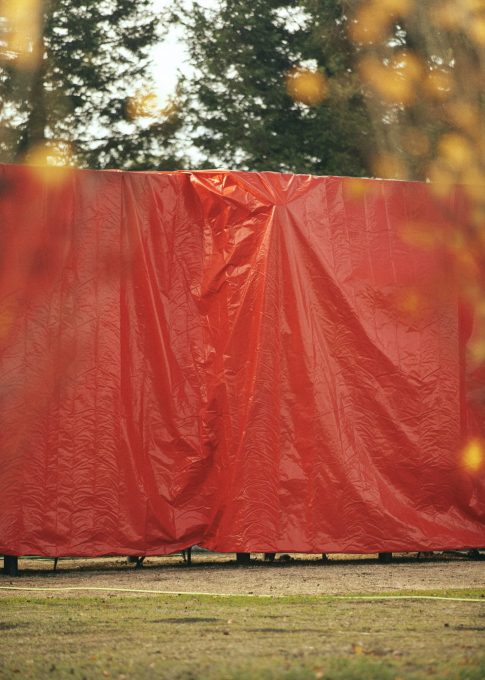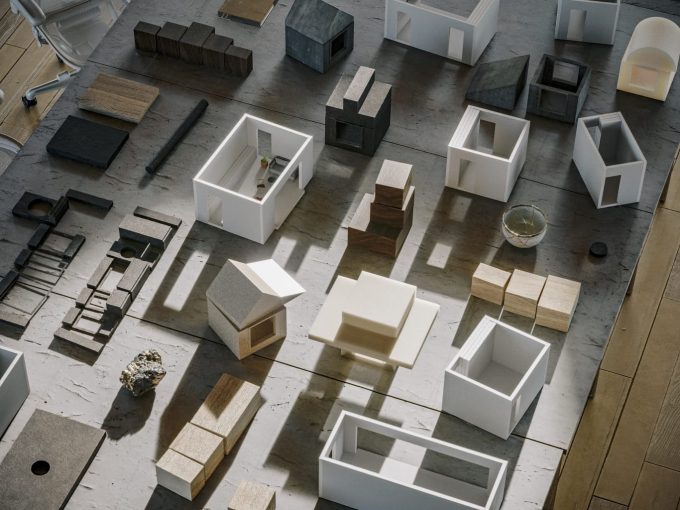
Not content with monopolizing the home sharing market, Airbnb will soon start designing and selling their own affordable houses.
Yesterday, Airbnb co-founder Joe Gebbia announced that the tech company would begin recruiting architects, engineers, industrial designers, roboticists, and more to join their housing prototype initiative Backyard. More than just a design exercise, Airbnb is looking to create sustainable, flexible units to infill a wide variety of unused spaces, which can then also be sold and rented on Airbnb afterward.
Backyard is an initiative of Samara, the product development lab launched by Airbnb in 2016 to study design and urban planning issues (or, as they describe it, “exploring the future of human connection”). Although the company hasn’t released specifics as to the types of units that Backyard will be building, the scope will go beyond accessory dwelling units (ADUs), the typical micro-dwellings slotted into backyards or other under-utilized parcels.

Gebbia has indicated that these homes will act as living labs that are able to change and adapt along with their inhabitants, breaking the typical cycle of consumption and disposal. The increased flexibility will also boost the Backyard units’ rental appeal, as they’ll likely be adaptable based on guests’ needs as well.
Trying to design one home that can be used forever and changed to meet its users’ needs has been a hot topic lately—take for example the modular Open House revealed earlier this year. The U.S. is currently beginning construction on about 3,300 new homes a day, and with that number only expected to rise, the amount of waste generated is staggering.
“We began with a simple question,” wrote Gebbia, “What does a home that is designed and built for sharing actually look and feel like? The answer is not simple at all. Other questions quickly emerged. Can a home respond to the needs of many inhabitants over a long period of time? Can it support and reflect the tremendous diversity of human experience? Can it keep up with the rate at which the world changes? Can we accomplish this without filling landfills with needless waste? It’s a tall order.”
Backyard’s homes will likely be at least partially prefabricated and fully integrate smart-home technologies to help meet the company’s sustainability goals. No design details or indication of what “affordable” entails have leaked out yet, but Backyard is hoping to unveil its first wave of prototypes for testing in fall of 2019.
